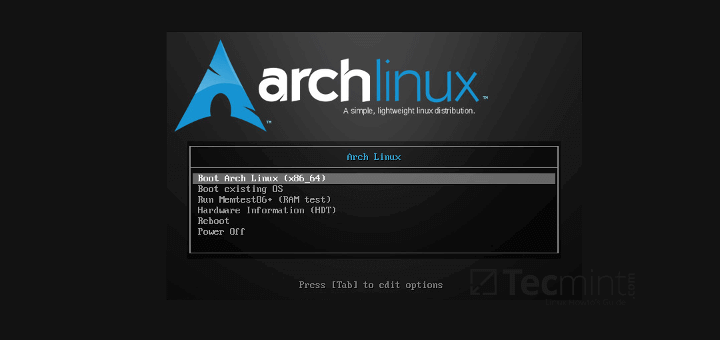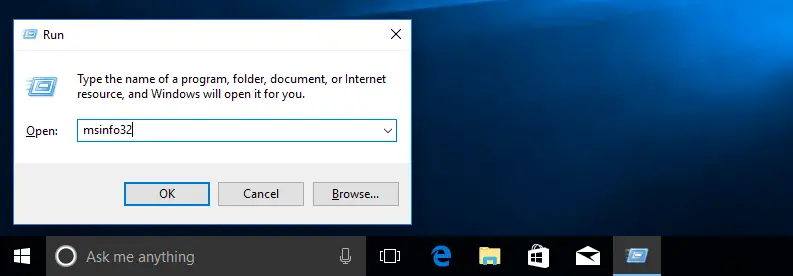

- ARCH LINUX GRUB2 WINDOWS 10 UEFI UPDATE
- ARCH LINUX GRUB2 WINDOWS 10 UEFI FULL
- ARCH LINUX GRUB2 WINDOWS 10 UEFI ISO
- ARCH LINUX GRUB2 WINDOWS 10 UEFI WINDOWS 8
- ARCH LINUX GRUB2 WINDOWS 10 UEFI WINDOWS 7
I don't think MS wants people to use their OS as livesticks for free. NOTE: Make sure you choose the right menu entry for your boot method, if you use UEFI for a BIOS(MBR) or an BIOS(MBR) for a UEFI it obviously won't workītw something makes me think that this is dwelling in the realm of piracy. You can obviously use more variables and improve the menu with all sorts of stuff. Search -no-floppy -set=root -fs-uuid $Ĭhainloader /EFI/Boot/boot圆4.efi # or chainloader +1, (+1 is block based) # boot+ enables bootable+active, hidden+ hides the partition # parttool (device,partition) hidden+\- boot+\. # For windows to work with multiboot os(not for USB booting), remember to hide partitions with parttool: # set pager=1, this will allow behavior like using the 'less' command in UNIX # the 'boot' command is implicitly added when you choose an entry from the menu, it's used when you finish configuring everything and can be done from GRUB's command line. # use 'blkid' in your shell to find the uuid's in the system. # search -set-root -label, find partition by Label. # search -set-root -fs-uuid, to find partition by UUID.

ARCH LINUX GRUB2 WINDOWS 10 UEFI ISO
# loopback is used to mount ISO files (only supported types) # linux /vmlinuz + initrd /initrd, each distro has different options # ntldr, Windows until XP ntldr /ntldr, Windows 7+ 'ntldr /bootmgr' rwxr-xr- 1 root root 1158348800 lubuntu-18.04.3-desktop-amd64.isoįor clarification, the 'grub-install' commands for the above USB flash drive and the mount point of partition 2 is '/mnt/usb' Number Start End Size Type File system Flagsġ 1049kB 14.4GB 14.4GB primary fat32 boot, esp Sector size (logical/physical): 512B/512B If you didn't set any labels in step 4, run the 'lsblk' command in your shell to find the UUID for each partition If you add linux images to your grub.cfg, make sure you use the initrd/linux commands that support that distro (google it).ġ1B. Edit your own grub.cfg and copy it to YOUR_EFI_PARTITION/boot/grub/ directory. Copy iso's as is into the 1 partition, into the iso folderġ1.

grub-install -target=x86_64-efi -recheck -removable -efi-directory=YOUR_EFI_PARTITION -boot-directory=YOUR_EFI_PARTITION/bootġ0. grub-install -target=i386-pc -recheck -boot-directory=YOUR_EFI_PARTITION/boot dev/YOUR_DEVICEĩ. Unmount partition 2 and keep partition 1 mounted(our EFI partition) for grub-install to workĨ. Mount&Copy Hiren iso contents into partition 2ħ. Mount&Copy win7 iso contents into partition 1, also make an 'iso' folder(or any other name - be sure to note it) to hold your iso files.Ħ. Create the filesystems for each partition (mkfs commands), optionally set labels instead of using UUID lables(UUIDs are more unique and secure than labels which can get confused with your dedicated hard drive partitions' lables)ĥ. partition 2, hiren, fs=ntfs, from the end of partition1 to 100%Ĥ.
ARCH LINUX GRUB2 WINDOWS 10 UEFI FULL
partition 1, EFI, flags=esp,boot, fs=fat32, Size should be calculated for more space (usb drive full capacity - the Hiren partition size)ģ. NOTE: It's impossible to add any other partitions with Windows versions up to 7, the first partition must hold the setup files and it also must be your EFI and filesystem for them to work with systems which don't support multi-partitioned drivesįirst the preparation of your USB flash drive using 'GNU Parted':Ģ.
ARCH LINUX GRUB2 WINDOWS 10 UEFI UPDATE
In general, multi-partitioned USB flash drives don't work well in Windows up to windows 7, that's why if you still wish to use the rest of the USB drive's space it must be present in the first partition, while the rest of the partitions cannot be accessed they are still accessible on boot when using GRUB2.īoth i386-pc and x86-64-efi targets are used so the USB drive will be detected in more systems(MBR and UEFI), but some systems will not detect it anyway(A BIOS update might be in order for a potential fix to that problem or it was that which caused it), using a USB V2,0 flash drive is also recommended for better compatibility(especially old systems).

ARCH LINUX GRUB2 WINDOWS 10 UEFI WINDOWS 8
Windows 8 and later can be booted from anywhere, but they require their own partition, that's why you should calculate the partition size.
ARCH LINUX GRUB2 WINDOWS 10 UEFI WINDOWS 7
Windows MBR boot process up to Windows 7 is only possible when the first block of the first partition has the boot files, since even if you do boot up from another partition the setup files won't be found(it looks for them in the first partition). The first partition serves as both an EFI partition and a filesystem we can use and store files to. Hiren's Boot CD - the new one with UEFI support and windows 10 PEĬan still use the rest of the space for general use even on Windows If anyone here had a problem with making a bootable USB with more than just one OS, especially with Windows, I've got a working example.


 0 kommentar(er)
0 kommentar(er)
